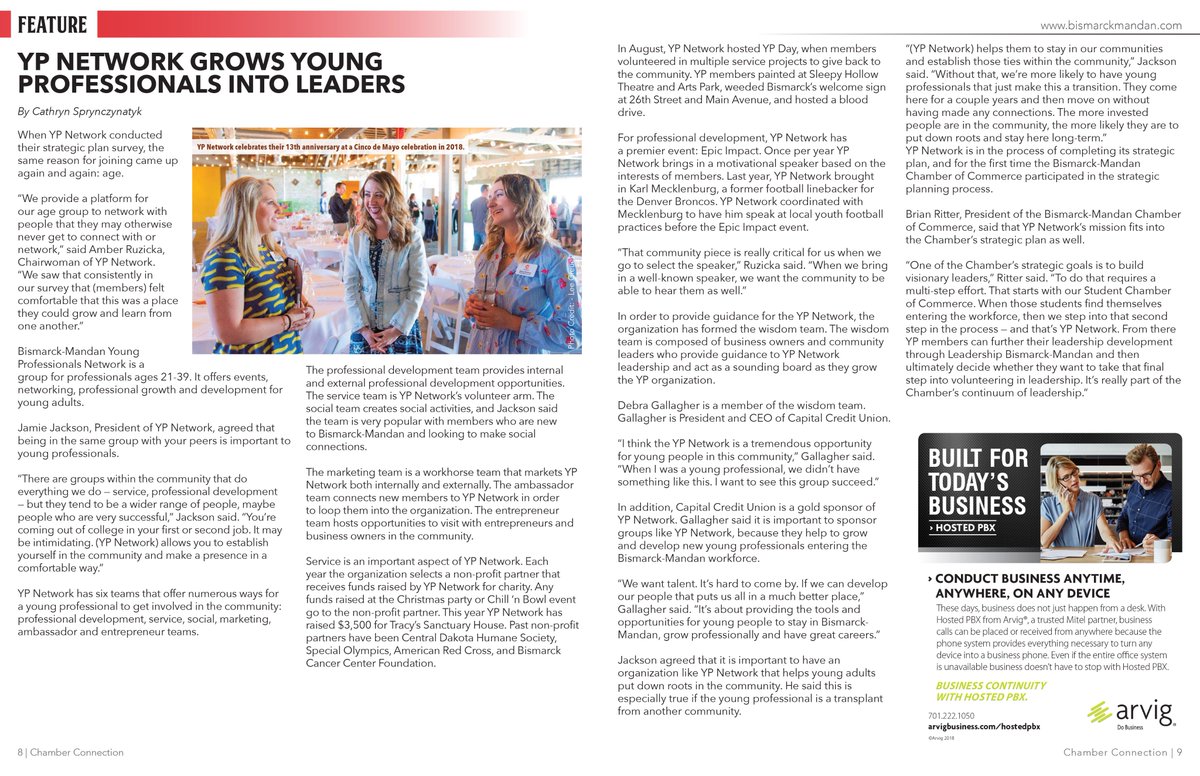


A UIE blog post titled “ The Challenge of Moving to Horizontal Navigation,” by Joshua Porter, talked about the benefits of using a horizontal navigation bar at the top instead of placing navigation on the side of a page.

Users scan a navigation bar from left to right, then click a link to go to a different section of a site. Horizontal navigation, like that on the Urban Outfitters site shown in Figure 3, is a widely accepted means of structuring and presenting content on desktop Web sites. Vertical Instead of Horizontal Navigation Vertical navigation has replaced horizontal navigation on more than 90% of the mobile sites I analyzed…. Figure 1-Features on the Orbitz desktop Web site Figure 2-Features on the Orbitz mobile site 2. Having insights into your customers’ needs dictates a lot from a content-development standpoint, as well as a site’s architecture and screen layouts. Mobile site designs should give priority to the features and content users are most likely to need when viewing a site using a mobile device. While desktop Web sites often contain a wide range of content, mobile sites usually include only the most crucial functions and features-particularly those that leverage time and location, as the example Orbitz desktop and mobile Web pages in Figures 1 and 2 show.
#Bisman online mobile site how to
In comparison to the design of Web sites for desktop computers-typically, for a 1024 x 768 screen resolution-the biggest challenge in designing a Web site for a smartphone with a 320 x 480 screen resolution is how to cope with this dramatic difference in screen size without sacrificing the user experience. Content Prioritization While desktop Web sites often contain a wide range of content, mobile sites usually include only the most crucial functions and features-particularly those that leverage time and location…. Based on my analysis of several verticals, including airlines, ecommerce, social networking and entertainment, and travel sites, I have identified 10 ways in which mobile sites should be different from desktop Web sites. As a first step toward achieving this evolution, I’ve looked at how some successful mobile sites already differ from desktop Web sites. New principles and best practices will inevitably arise as mobile site design continues to evolve. The form-factor difference seems to have a dramatic impact on the success rates of users’ interactions, and therefore, should impact how we design mobile sites as well. As Jakob Nielsen’s 2009 study on mobile usability pointed out, users’ success rates when using mobile devices to access mobile sites averaged only 64%, which is quite low in comparison to the 80% average success rate for users who access Web sites on a computer. However, the design of mobile sites is still in its infancy.


 0 kommentar(er)
0 kommentar(er)
